
views
Choosing Quail to Breed

Choose a breeding pair. Silver quail can vary in size and shape, but your chosen pair should be healthy and well cared for if you plan on breeding them. You can choose a breeding pair or a trio - a good ratio is one male to three females. This guarantees that one hen will eventually become broody. For your breeding pair, look for; Plump but not obese quail. Alert, shiny and clear eyes. No nose obstruction. Clean feet. Calm, motherly quail that aren't feisty. Neat feathers. Make sure there is no feather loss. A quail with little to no feathers will not be able to incubate their eggs properly.
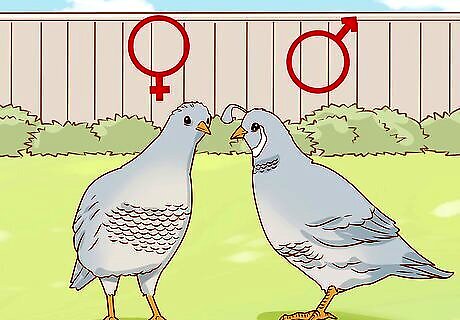
Sex your quail prior to breeding. Silver quail are very easy to sex via feather markings and coloring. Males will display dark grey and white bars on their throat, roughly below their beak, while females have faint stripes on their belly. Sex your quail before buying, housing, or breeding otherwise you will become completely unaware whether you're actually breeding any hens in the flock. Including the fact that it will help you in creating your ratio for your covey of quail.
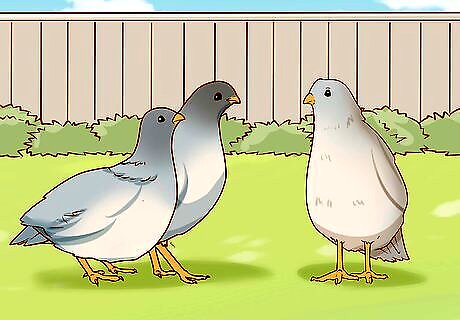
Create an ideal ratio number. Choose two or three females to one male. Do not put more than one male in the cage when females are present. They will fight to show dominance and to gain all the hens and possibly kill each other. Avoid housing a simple pair. The male may over-breed with the one female and put stress on her. This will lead to feather loss and too much pressure on the hen. You will ideally need at least two girls to one male.
Creating the breeding environment
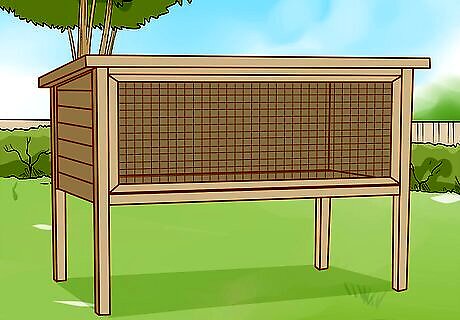
Build/buy a suitable breeding cage. You can use a hutch, aviary or a simple pen. Ensure the room you use to breed your quail has adequate space for them to move around, make their nest and overall to breed. Each bird will need 1 square foot of floor space each, but the more the better. Limited space will discourage your quail from wanting to raise their young in an already crowded environment.
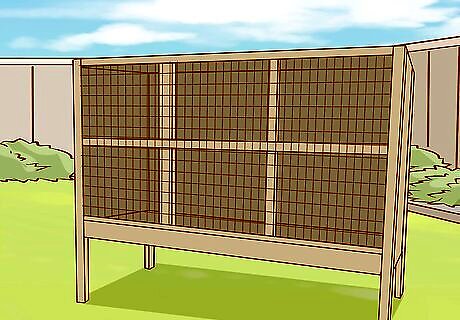
Ensure the cage is secure. The cage should provide a secure environment for your breeding quail. Both from weather factors, other pets and wild predators. Examine the cage every 2-4 weeks.
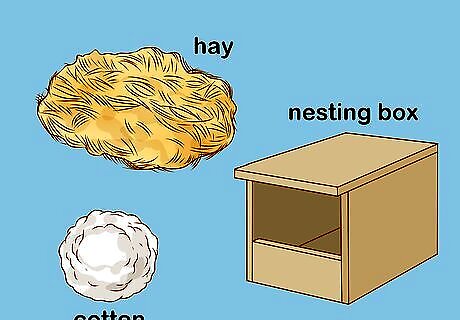
Add nesting materials. Hay, straw, grass, dried foraging items, old feathers and other miscellaneous items should be added randomly to the cage to encourage your quail to build a nest. Avoid materials that are too tough for the quail to safely collect. Straw should be given in small amounts as it's a very tough and pokey material that can cause discomfort to not only the adult birds but the chicks when they are born. Consider a nesting box too. It can encourage your quail to build their nest in a specific area and create a compacted environment for the chicks to keep warm, safe and secure.
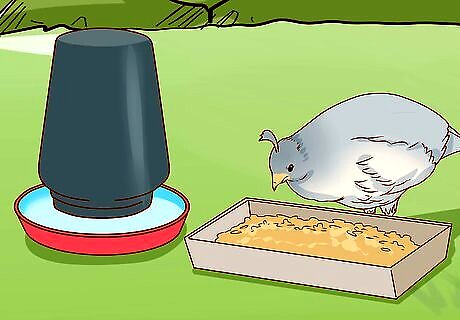
Provide food and water to your quail. Quail should have a game-bird mix consisting of at least 20% protein in their cage supplemented with oyster shells to encourage a healthy egg production. And, of course, don't forget the water. Quail do not drink from water bottles so make sure you have a shallow water dish ready for them. The water bowl shouldn't be too deep. Take into mind about the baby chicks when they hatch, which are susceptible to drowning.
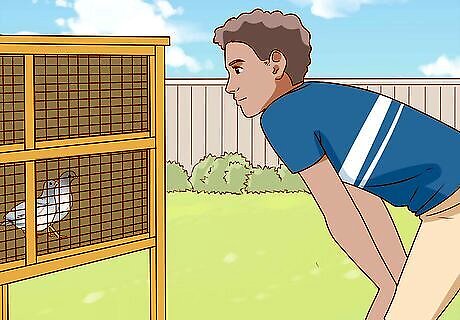
Avoid checking on the quail too much. They should now breed by themselves in this environment. Frequently disturbing and checking on your quail too much will prompt the female to discard her eggs and abandon them.

Realize when the eggs will hatch. Typically, the birds will hatch their eggs at any time of the year, this affects the time that the eggs hatch. In summer, the eggs will hatch in 15-18 days. In winter, the eggs will hatch in 21 days.If the eggs don't hatch three to four days after their expected hatching date, dispose of them immediately as they might infect other eggs in the cage.
Raising the Young Chicks
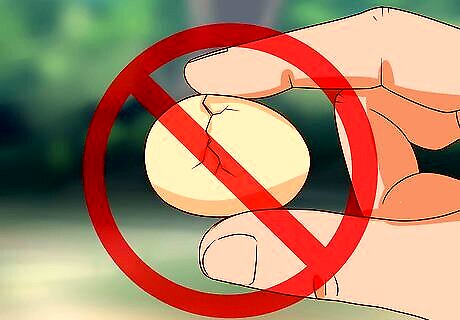
Do not disturb the chicks. You probably won't notice when the chicks are hatching, but you will notice broken egg shells, indicating that the chicks have definitely hatched. When the eggs hatch, the female should get off the nest. If the chick cannot hatch by itself, don't help it. Sadly, a chick that cannot hatch will not survive for long once out of it's shell.
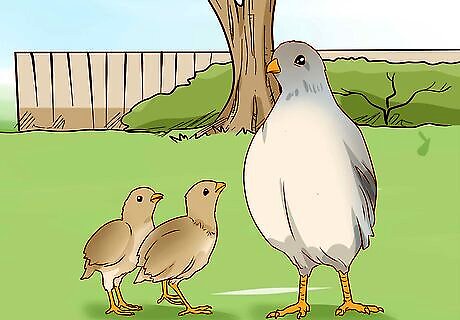
Realize that the female will care for the chicks immediately after hatch. Naturally, the female will take care of the young teaching them how to feed, if the female refuses the chicks, the male quail or cock, will take over or assign the chicks to another hatching female. Usually you won't see this short period of bonding time, because when quail chicks hatch they are very quiet. By the time you discover the young chicks, the mother may be sitting on her young and keeping them warm.
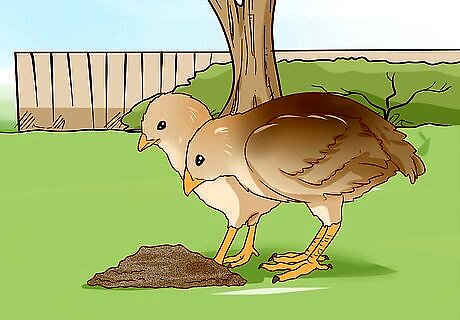
Feed the quail chicks. The food that you can feed the young birds are chicken starter or a game-bird feed over 20% in protein. Simply provide them the food in a small bowl and the mother hen will teach her chicks to eat. Do not feed the chicks turkey starter as they will get too much protein and develop a slipped wing.
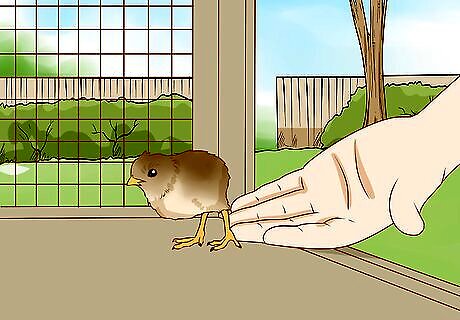
Move the chicks to the main cage when they have their first adult colors. Then they will establish a hierarchy in the coop and soon blend in nicely with the others. Enjoy your pets!


















Comments
0 comment